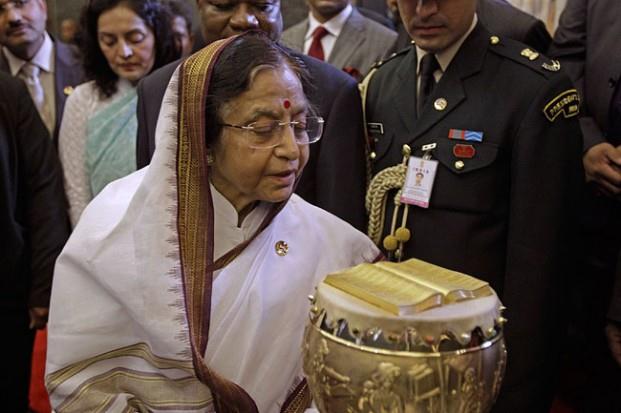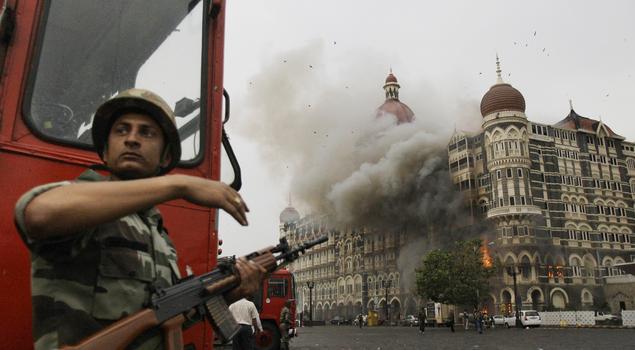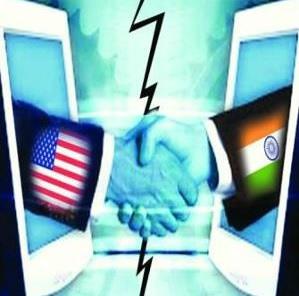May 10, 2012
We are in the season of wrapping up Pratibha Patil’s presidency as her term comes to an end in two and half months, on July 24. For reasons that are not difficult to discern, this is a tenure about which the popular perception is that the negatives far outweigh positives.

May 10, 2012
We are in the season of wrapping up Pratibha Patil’s presidency as her term comes to an end in two and half months, on July 24. For reasons that are not difficult to discern, this is a tenure about which the popular perception is that the negatives far outweigh positives.

Indian President Pratibha Patil reads a emblem with South Africa's constitution written on it, inside Parliament in Cape Town, South Africa, Friday, May 4, 2012
There is, however, one criticism that has come from more than one quarter which is difficult to accept: A friend was telling me the other day that his son – in his early twenties – was complaining about the terrible image of Indian women that the President has portrayed to the world outside on her trips abroad. Well, how has she done this? Why, by all that ghunghat-shughat, all that pallu-wallu. After all, that imagery is a part of the past that India is trying to live down and instead present a modern look. This lot would have preferred India’s first woman President to present a more urban (and urbane) image and pretend that is the way the majority of Indian women were.
The young lad is not alone in his opinion. There are many others in his peer groups who think likewise. This is the generation that has grown up buying their daily bottle of water because the taps in cities provide contaminated water; the generation that has been lead to believe in the power of money; the generation that would like the hemlines of the skirts of their girl friends to rise but drop down in the case of their wives or mothers. This is the same generation that would not have faulted Patil if she was their grandmother (or great grand mom) but they find faults with her because she is someone else’s granny.
This problem is felt by not just the young generation but even others who think likewise. And, it is not restricted to Patil’s attire. Their problem is with the pre-modern imagery that Patil has projected throughout her presidency. It has come as a handicap to her that her term came in the footsteps of APJ Abdul Kalam who built a constituency among the upwardly mobile middle classes in the course of his tenure.
Patil’s presidency can – and may be should also be – faulted for various reasons but not surely for projecting a certain stereotype of Indian politicians. Basically the discomfort with her stems from a colonial hang-up where the ultimate certificate of merit is issued by the fair skinned.
This can be understood best by also keeping in mind the fact that ones who reach similar conclusions are also those who still follow footsteps of predecessors and migrate from India after picking up a basic professional degree. For them, their redemption – and recognition – will also come abroad or from people across the proverbial seven seas. It is the same reason why the President is bad because she projects a dehaati image. Not of any consequence to them that this is the same lady who in her youth was a table tennis champion before taking to politics. One can understand this outlook in the 1960s and 1970s, but it is a tad difficult to accept in the post-liberalisation era.
Albert Pinto has surely returned with his anger. Like the character essayed by Naseeruddin Shah in Saeed Mirza’s classic film, his girlfriend can ride the bike but not let the skirt ride. But if she is someone else’s girlfriend or even the Mahamahim, it is acceptable because it would bring a favourable nod from the West.
Did anyone say double standards do not exist any longer in India?
Courtesy: asiancorrespondent

















































































































